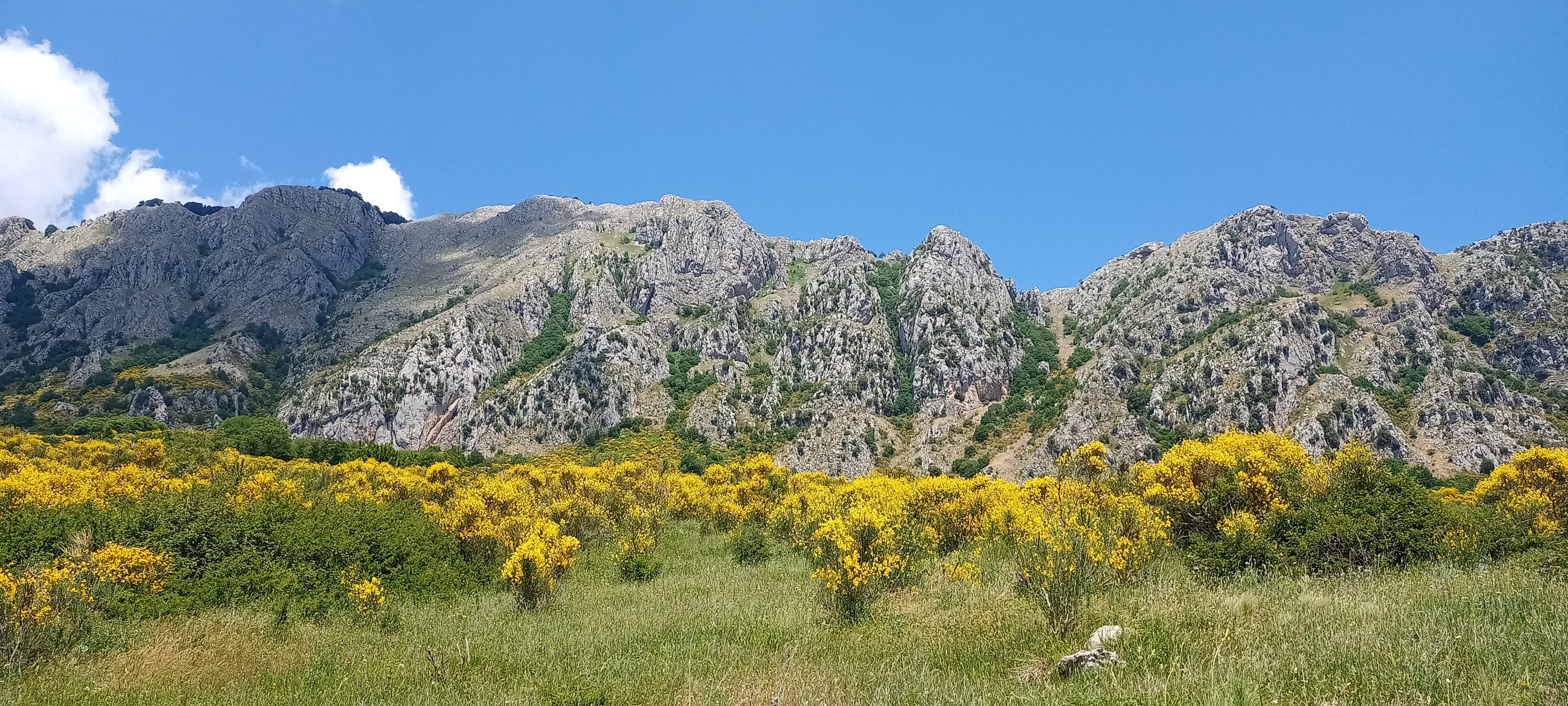AH News: Knowledge is the key to species protection: a case study from an Italian national park
In order to efficiently protect endangered species, it is necessary to know their ecology and distribution in details. Amphibians and Reptiles, sharing important roles in nutrient cycling and in connecting terrestrial and aquatic habitats, are often faced with a variety of anthropic and natural pressures that cause population declines. Protecting these species in protected areas may slow amphibian and reptile decline, both locally and at a global scale. Based on these considerations, an extensive study, linking together 14 years of data, has recently been conducted in the Cilento, Vallo di Diano e Alburni (CVDA) National Park, the largest Italian park located in the South of the country.
Ph.: A view of the Cilento, Vallo di Diano e Alburni (CVDA) National Park. Courtesy of Dr. Antonio Romano

The park embraces a variety of environments and habitats, ranging from coastal zones characterized by a typical Mediterranean climate, to highland areas with a more temperate climate. The study area is mainly covered by forests; despite several small human settlements, anthropic pressure on the environment is relatively low.
After dividing the study area in a 5x5 km grid, data on Amphibians and Reptiles presence and distribution over a period of 14 years were collected from the literature, from citizen science projects and from fieldwork. Overall, 16 species of reptile and 11 species of amphibians were recorded within the park boundaries, with a median diversity of 8 species per grid cell. Diversity was particularly accentuated in the interior regions of the park. For each species, altitudinal range, species rarity, preferred habitat type and pattern of association with other species were defined and described.
Ph.: Field work. Courtesy of Dr. Antonio Romano

This comprehensive study, that takes into account 2465 records, provides a very detailed picture of the ecology, distribution, habitat preference and inter-specific interaction among Amphibians and Reptiles of the CVDA National Park. The findings highlight the importance of the park as a hotspot for the herpetofauna of Southern Italy: the presence of viable populations of endangered and endemic species and subspecies confirms the conservation value of the area. Nevertheless, field work revealed that many habitats have been profoundly altered over the years, leading to local extinctions for some species. Habitat degradation was mainly due to the abandonment of traditional agriculture and to the reduction in water bodies availability.
Ph.: Podarcis siculus. Courtesy of Dr. Antonio Romano

By providing solid evidence about the local ecological adaptation of the herpetofauna of the park and identifying the main causes of habitat alteration within the borders of the park, the study presented here represents a valuable guideline for the development of conservation measures to be implemented within the park. In particular, it highlights the importance of managing natural and artificial aquatic sites, given their crucial role for amphibian reproduction.
Read the full paper here.
